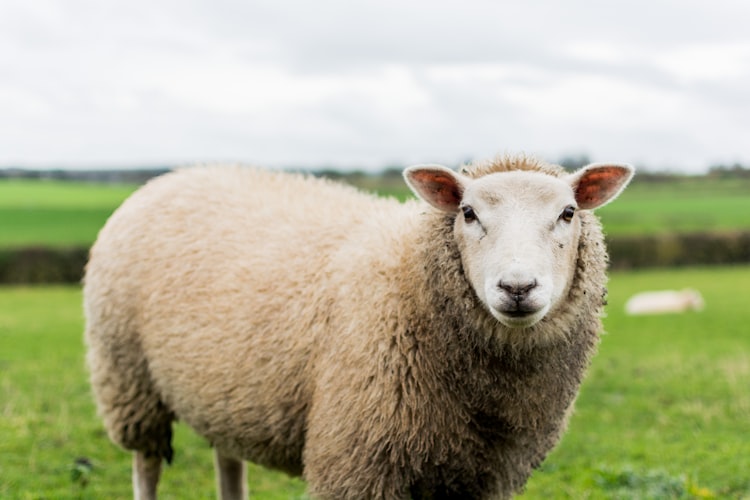
Understanding the Algorithm behind Pbdagcon and POA for Multiple Sequence Alignment
If you are trying to understand how pbdagcon from Pacbio (Jason Chin) and POA (Partial Order Alignment) within Jared Simpson’s nanopolish work,you may find Jonathan Dursi’s post in Simpson’s blog helpful. We will update the next version of Pandora’s Toolbox manual (freely available here) to include a discussion on these algorithms.
This post gives a quick lower-level overview of the steps in the POA algorithm, with a simple implementation in python to demonstrate the ideas more concretely.
The Basics
The insight of the first POA paper was that flattening of the alignment of sequences leads to meaningless artifacts that, while largely harmless for pairwise alignments or even multiple alignments of strongly conserved sequences, causes problems with more general multiple alignments. For instance, consider the following sequences:
seq1
CCGCTTTTCCGC
seq2
CCGCAAAACCGC
There is ambiguity in selecting a single, best alignment between this pair of sequences; for instance below are 4 of 28 = 256 nearly equivalent ways of expressing this pairwise alignment. The best alignment will depend on the particular gap-scoring scheme used.
Continue reading here.